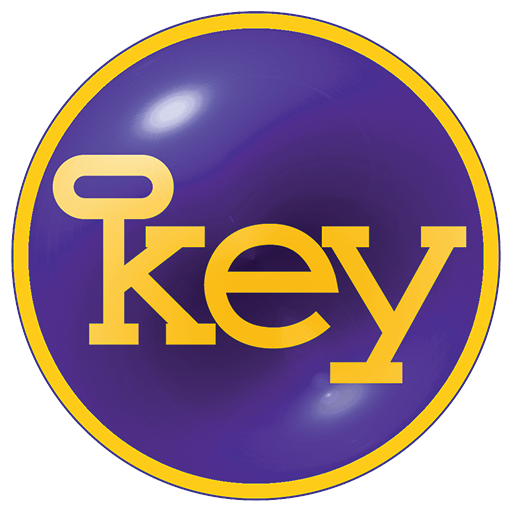Let's go on making it up as we go along. Business as usual. Change? "I didn't get where I am today by changing!" Oooo, I'm not sure about changing... It's expensive isn't it? That depends on how you do it.
First the opportunity. Research by Cardiff University in the early 00's showed that across a wide range of industry sectors approximately half of all activity is pure waste. In that the customer would not pay for it nor is it stuff you've got to do (at the moment).
What's more you can get at the 50% without spending any money or very, very little, if you do business process improvement properly using the Process Behaviour Chart; the wiggly line above.
To paraphrase Dirty Harry:
Uh uh. I know what you're thinking. "Did he say half of activity is waste?" But being this is a Process Behaviour Chart, the most powerful management tool in the world and would blow your performance clean into the stratosphere, you gotta ask your one question: "Am I seriously interested in profit?" Well, are ya, punk?
According to world-renowned statistician and performance improvement expert Dr Donald J. Wheeler, too many organisations and improvement specialists are missing a trick. The perceived wisdom seems to be that to improve performance you need to spend money (and time) changing processes and probably equipment.
"Wrong!", says Doc Wheeler.
One of the biggest causes in most businesses and organisations in general is that people just do not operate their current process to its full potential. Largely this is due to not operating the process consistently and predictably. He recommends the Process Behaviour Chart as a way to understand and improve your business processes so that they perform consistently and predictably.
Look at the chart at the head of this article. It shows a process that is predictable and consistent, though within very, very wide limits. From the worst to the best performance was getting on for almost double! Great scope for improvement once you understand why the line is wiggling so much. Are your processes being operated consistently at their best? Do you even know how they are performing?
You know that we all don't necessarily operate properly and predictably to the process in everyday life. Drive or walk down any street. Just watch how many people don't use their direction indicators well before making a turn, if at all. I saw a driver yesterday make a turn towards a parking place on the other side of the street. They drove at 45 degrees across the road and at the very last moment put on their indicators just before finally completing the turn into the space. Although it was a quite street, it was curved and there were three junctions within 50 metres so there was quite a high risk.
People not working consistently and predictably applies to any process whether it be in everyday life, administration, government(!!!), food preparation, fulfilling orders in a warehouse, manufacturing and even in I.T. and the Internet. The list goes on. Without some objective means of understanding how well they are working to the process. So try using a Process Behaviour Chart. Ah! Go on!

